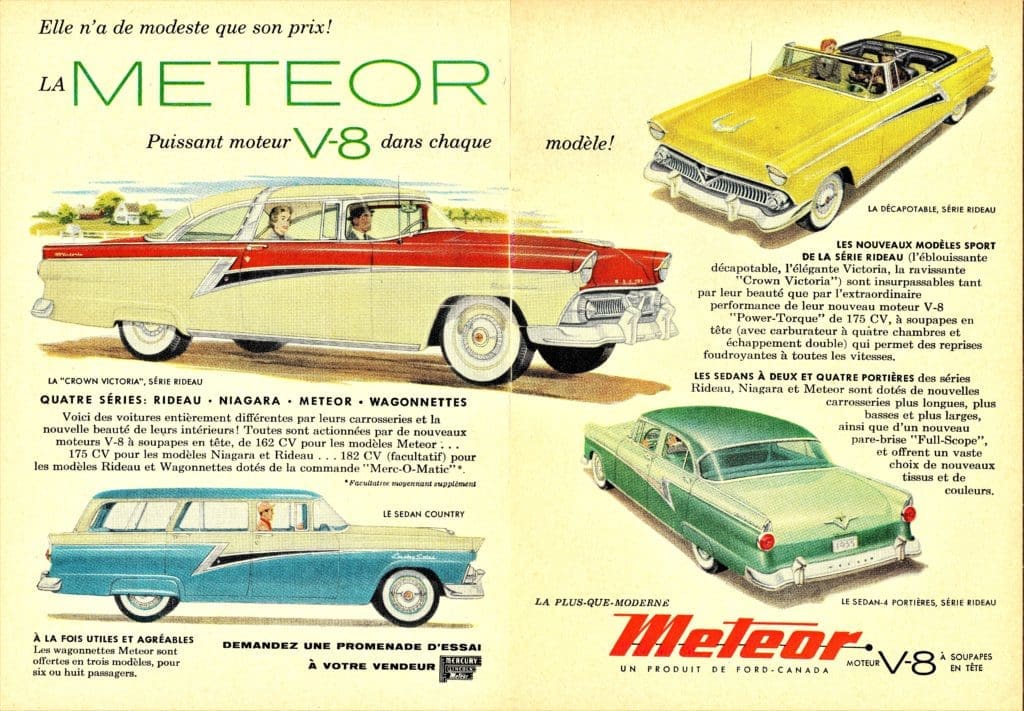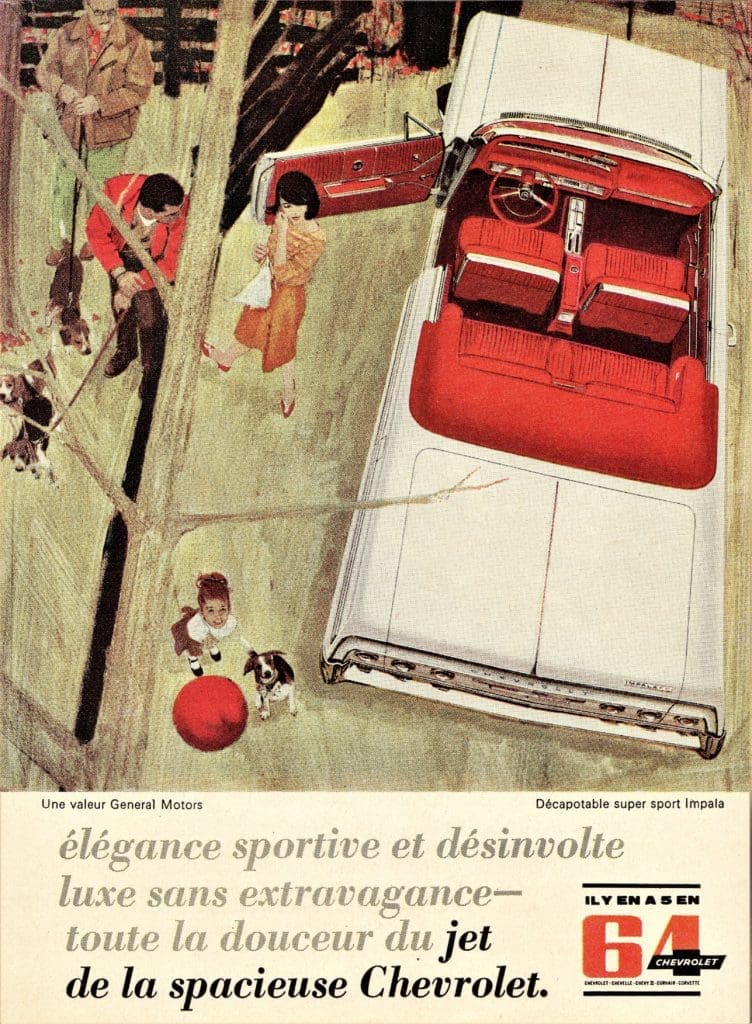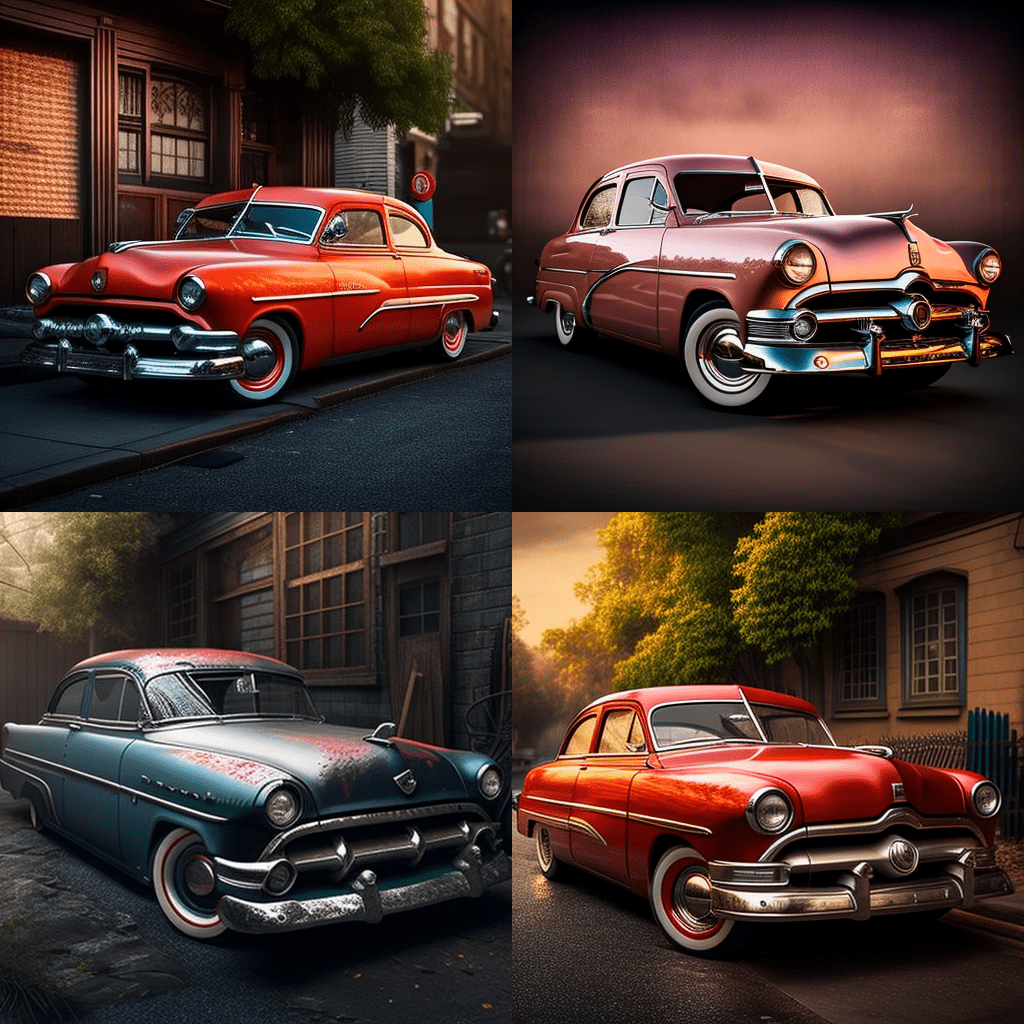
Automobile manufacturing and consumption increased throughout the 1950s. People were able to afford automobiles since the economy was booming throughout this decade. There was intense competition between the many new models launched by various companies.
Chevrolet Bel Air

1950s Bestselling Cars
The Chevrolet Bel Air, Ford Thunderbird, and Plymouth Fury were the best-selling vehicles in the United States throughout the 1950s. In 1950, Chevrolet debuted the Bel Air, a stylish, midsize vehicle. It came in a wide range of colors and was powered by a potent V8 engine. Ford’s Thunderbird, first in 1955, was a high-end sports automobile. It came as a hardtop or a convertible and was powered by a V8 engine. In 1956, Plymouth introduced the Fury, a full-size automobile equipped with a potent V8 engine. It came in a wide range of hues, and its reputation for longevity preceded it.

The Morris Minor, Austin A30, and Ford Anglia were the top-selling vehicles in the UK throughout the 1950s. The Morris Minor, first produced in 1948, was a little car lauded for its low gas use. It came in a rainbow of tones and was very understated. The Austin A30, a compact car powered by a 4-cylinder engine, went on sale for the first time in 1951. It came in a number of vibrant hues and featured a straightforward layout. Ford introduced the Anglia, a compact automobile powered by a 4-cylinder engine, in 1939. It came in a rainbow of tones and featured a straightforward layout that nonetheless managed to look chic.
In the 1950s, Buick was a division of General Motors (GM) and produced a variety of cars. During this decade, Buick offered several models including the Roadmaster, Super, Century, Special, and Skylark. These cars were known for their luxury features and powerful engines. Buick also introduced the first mass-produced V8 engine in the 1950s, which was available in several of their models.
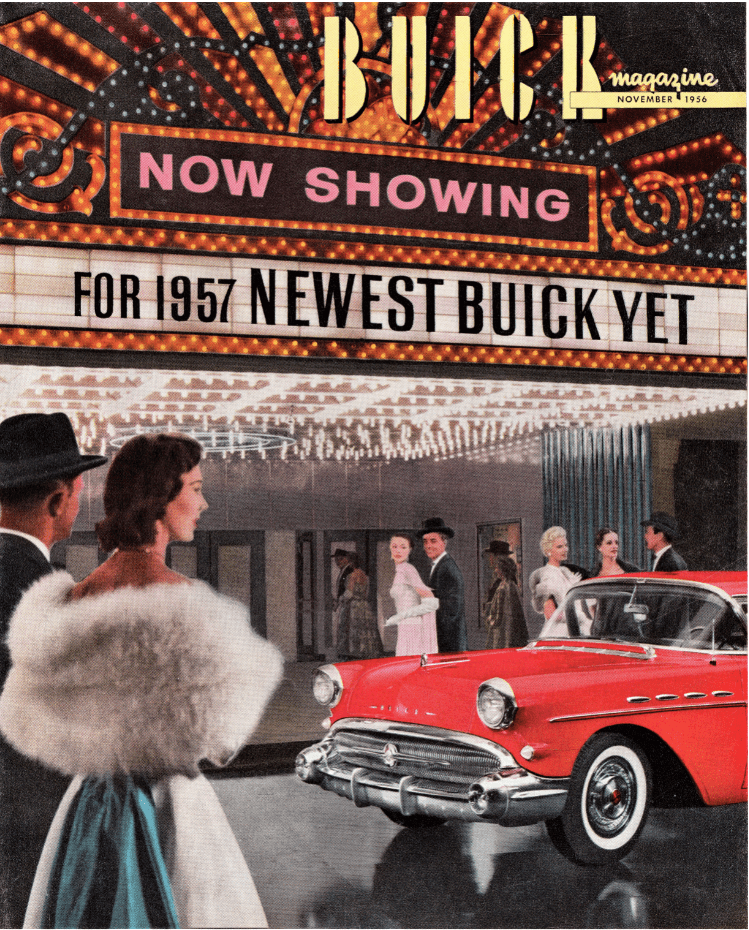
The Volkswagen Beetle, Citroen 2CV, and the Fiat 500 were the top-selling automobiles in Europe throughout the 1950s. In 1938, Volkswagen debuted the Beetle, a tiny automobile powered by a 4-cylinder engine. It came in a number of different colors, and it had a stellar reputation for dependability and gas mileage. Citroen’s 2-cylinder 2CV was introduced to the public in 1948. It came in a wide range of colors, and was noted for its low fuel consumption. The Fiat 500, a compact car powered by a 4-cylinder engine, made its debut in 1957. It came in a wide range of colors, and was noted for its low fuel consumption.
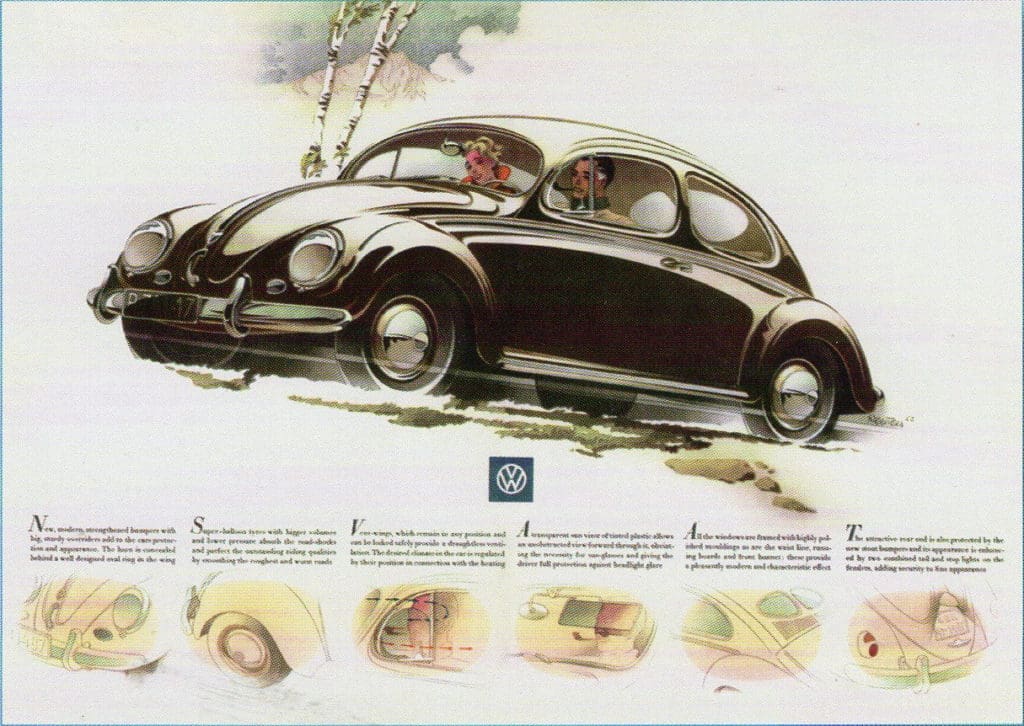
1950s Bestselling Car Colors & Prices in the UK
White and black undoubtedly sold the most automobiles in the 1950s, although red and blue were also common. It is impossible to make a direct comparison between the price of a car in the 1950s and the price of a car today due to differences in model and inflation, but it is safe to assume that cars were cheaper in the 1950s.

Where to be able to see 1950s cars
Famous people that have a passion for vintage automobiles include Jay Leno and Ralph Lauren. Whereas Ralph Lauren is famous for his collection of European sports cars, Jay Leno is known for his collection of American muscle vehicles. The Petersen Automotive Museum in Los Angeles and the Henry Ford Museum in Dearborn, Michigan are just two of several auto museums worldwide that feature examples of vehicles from the ’50s and ’60s. Carroll Shelby, an American automotive designer, race car racer, and entrepreneur, was only one of several prominent ’50s era mechanics. He was also well-known for his contributions to the design of the iconic 1960s Ford Mustang.
The decade of the 1950s was a time of intense invention and intense competition in the automobile industry. There are several renowned collectors and museums that display examples of vehicles from this era because of their enduring popularity and value. In the ’50s, the cost of an automobile was a fraction of what it is today, and white and black were the most common colors. Cars from this era have gone on to become classics, and their design and style have served as inspiration for modern automakers.
